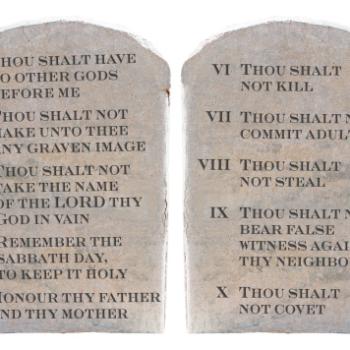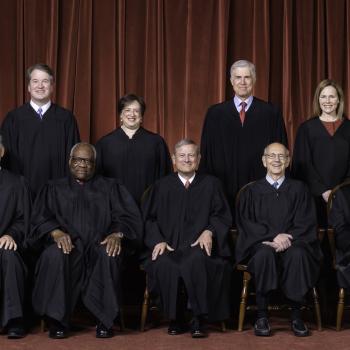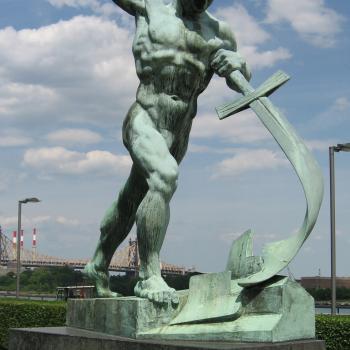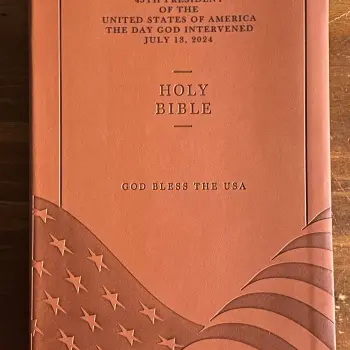[For an explanation of these posts, see Part 1 published on 3/27/19.]
“Don’t Fence Me In”
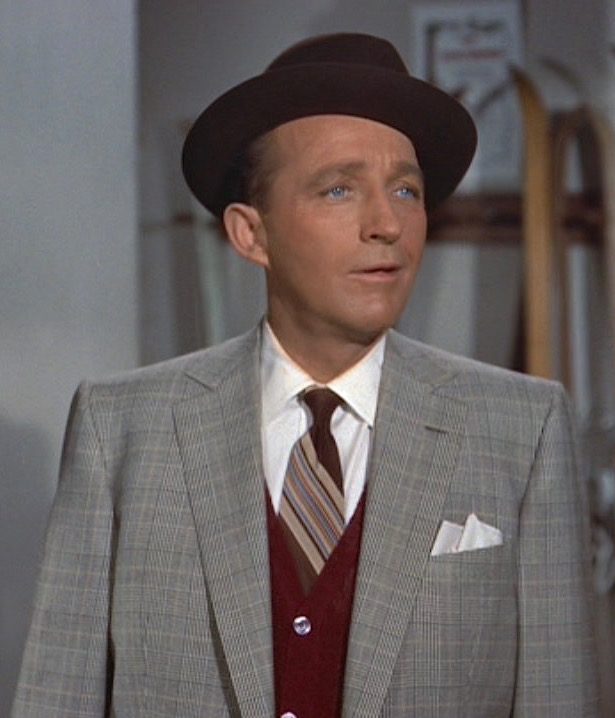 When I was a full time professional golfer on the regular PGA Tour, from 1964 through 1982, I competed every year in the Bing Crosby National Pro-Amateur golf tournament. It was conducted on the beautiful and picturesque Monterey Peninsula in Northern California. Bing Crosby—an avid golfer for whom the tournament was named—was America’s beloved crooner and a charming Hollywood movie star during the mid-twentieth century. Bing was always present at this tournament as our host.
When I was a full time professional golfer on the regular PGA Tour, from 1964 through 1982, I competed every year in the Bing Crosby National Pro-Amateur golf tournament. It was conducted on the beautiful and picturesque Monterey Peninsula in Northern California. Bing Crosby—an avid golfer for whom the tournament was named—was America’s beloved crooner and a charming Hollywood movie star during the mid-twentieth century. Bing was always present at this tournament as our host.
The format for “the Crosby,” as we pros called it, was different from all other PGA Tour tournaments. It had two-man teams consisting of one professional and one amateur. Many of Bing’s Hollywood celebrity friends participated as amateurs in this four-day, nationally televised event. Tens of millions of Americans, many of them living in the northern states in the cold winter, would huddle around their TV sets watching and admiring us golfers as we enjoyed a fun day in the sun beside the sea. Television viewers were especially enchanted with the celebrities banging a little white ball around the links, trying to steer it away from the world’s biggest water hazard—the Pacific Ocean—and at the same time getting a few laughs from the galleries.
Through the years, I met many amateur-golfer celebrities who competed in this Bing Crosby Pro-Am. And I played in the tournament with some of them. For two years, my amateur partner was another beloved American crooner and delightful humorist—“Tennessee” Ernie Ford. He was a hit as a television personality as well as a country western and gospel singer. Dark-haired and handsome, The Ern, as he was nicknamed, had his pack of fans. After holing out on each green, he often would sing to the gallery a melody with his deeply resonating voice. I loved to hear Ernie sing his signature song entitled “Sixteen Tons,” a ballad about a coal miner. Ernie would stop to chat with the galleries with his captivating, southern accent. And he would flash his delightful grin adorned with a thick, black mustache contrasted against those ever-so-white ivories.
Unfortunately, that would be about the only time Tennessee Ernie Ford fashioned that twinkle in his eye while golfing his ball in the pretty green park. His pars and bogies, forget the birdies, were few and far between. He contributed his fair share of white pellets into Big Blue. I tried to help the Ern with his game by giving him a few swing tips, but to no avail. It was about as fatalistic an enterprise as those brooding lyrics in Sixteen Tons.
Golf consists of hitting, finding, and repeatedly striking a little, white, dimpled, rubber sphere. You fire that missile every time from teeing grounds so that it rockets through earth’s atmosphere toward eighteen holes strategically placed in smooth, green turfgrass. Many a miserable golfing soul has lamented that these eighteen holes are much too small. They are only 4.5 inches in diameter for a ball measuring 1.6 inches in diameter to fit into them. Each hole is marked by its own flagstick stuck tightly into a metal-liner cup. For many of those who have never graced the game—and thus have never really lived—golf seems “so easy” if not downright “silly.” But for most of us freer souls—those who have truly seen the light of day, own a bag of fourteen favorite sticks, and swing them often on nature’s lush, green carpets—golf is absolutely addicting!
A case in point was the Bing Crosby National Pro-Am. It was staged on three golf courses: Monterrey Peninsula Country Club (this venue was later changed to Spyglass Hill Golf Club), Cypress Point Golf Club, and Pebble Beach Golf Links. You can’t hardly find three prettier places to golf your ball in the whole wide world. The final round was played at Pebble Beach. Much of that famed layout borders the scenic shores of the Pacific Ocean.
(Nowadays, when you walk into my home, the first thing you see is a wide-angled photo hanging on a wall showing all eighteen holes of Pebble Beach Golf Links that was photographed aerially from above the Pacific Ocean. Then, I have two paintings of its seventh and eighth holes hanging on the walls as well.)
I recall meeting Bing Crosby one year when he was watching me play golf in his tournament on the first two holes of the exclusive Cypress Point Golf Club. The charming “der Bingle,” one of his nicknames, was nattily dressed in a plaid coat and ???? hat. He was smoking a pipe and looking every bit like a Scottish links golfing gentleman. All he lacked was playing the bagpipes. His lovely wife Kathryn was standing beside him.
As usual, wild deer were feeding alongside the closely-mowed green fairways in the background. As a foursome would approach those deer, they often would dart across the fairway and disappear into the nearby forests that were full of tall, majestic fir and stately evergreen trees. But this cherished layout was known mostly for its luxuriant cypress trees. And you could often hear and see seals, if not a giant walrus or two, harping while lying on a nearby rock on the sandy shoreline. The scene was surreal.
Because the tournament was held in January every year, the morning weather was usually a crisp cold with a light fog. But the temperature would soon warm up, allowing the fog to “burn off” before noon. For us pro golfers, it was a nice stroll in a park, that is, if you didn’t ruin the day with a bunch of bogies or worse.
That was a good day. There were others. Winter weather on Monterey Peninsula can turn ferocious. Gale-force winds can propel a driving rain that flies into your face at nearly a horizontal direction. One year when I played in The Crosby, the wind blew so hard that the plastic flagsticks in the holes on the greens that bordered the ocean were bending so severely that their drenched cotton flags were bouncing up and down, hitting the surfaces of the greens. I never saw that happen again in my entire professional golf career. I was glad to survive that round and get into the big, cozy, warm clubhouse.
One of Bing Crosby’s many famous songs was entitled “Don’t Fence Me In.” We Americans called it “a cowboy song.” Its lyrics describe the solitary, free lifestyle of the western cowboy—one of America’s most treasured icons. The life of the cowboy was characterized by the wide-open, sprawling rangeland of the vast western Plains States. This earnest desire for freedom in the West also reflected the historic conflict that existed there between ranchers and farmers during especially the nineteenth century. Ranchers needed the wide-open range for their cattle to graze, but farmers needed fences to define their property borders in order to protect their crops and farm animals from marauding, predatory, wild animals. Hollywood made plenty of so-called “western movies” about it. But even America’s cowboy icon couldn’t stop the progress of fences.
Many Americans who are about my age can still recall the tune of Bing’s song, “Don’t Fence Me In.” And a few of us can still recite some or all of its following lyrics:
“Oh, give me land, lots of land under starry skies above,
Don’t fence me in.
Let me ride through the wide-open country that I love,
Don’t fence me in.
Let me be by myself in the evenin’ breeze,
And listen to the murmur of the cottonwood trees,
Send me off forever but I ask you please,
Don’t fence me in.”




